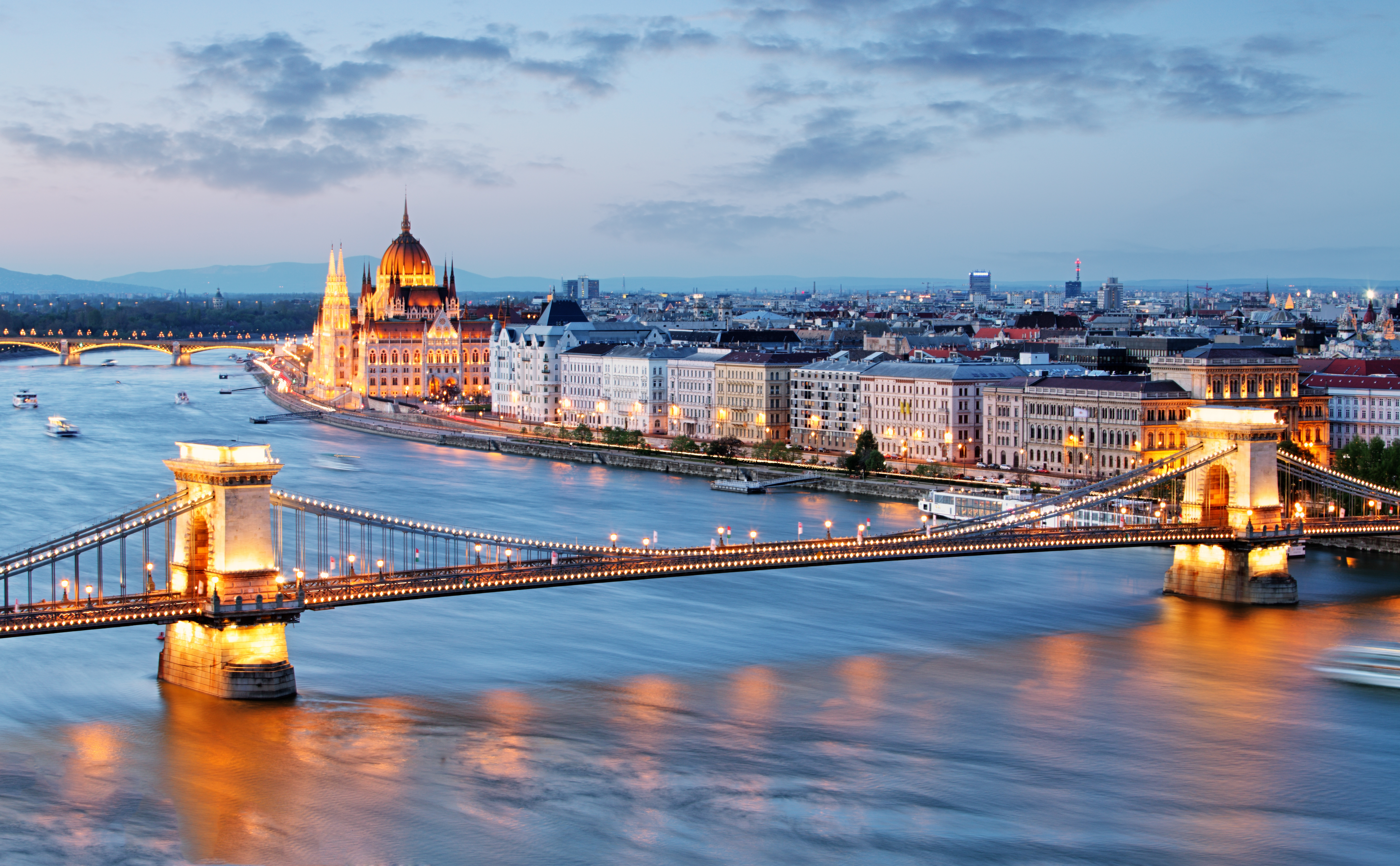Live where you want
Browse by property type

Dreamy Studio close to Oktogon Metro

Stylish 1-bedroom apartment in District VII

Bed in alluring twin bedroom near Keleti pályaudvar metro station

Bed in bright twin bedroom near Keleti pályaudvar metro station

Bed in welcoming twin bedroom near Keleti pályaudvar metro station

Bed in lovely twin bedroom near Keleti pályaudvar metro station

Bed in twin bedroom near Keleti pályaudvar metro station

Bed in neat twin bedroom near Keleti pályaudvar metro station

Bed in neat twin bedroom in the centre of Budapest

Bed in neat twin bedroom near the centre of Budapest
Match who you are
Browse by profile type

Students
Explore a variety of student accommodations across different neighbourhoods.

Digital nomads
Change the way you discover the world, enjoy unique places with vibrant communities.

Professionals
Work with reliable wifi and great amenities, stay productive, and do your best work.

Groups
Whether large or small, can be challenging but we can make it easier for you.

Families
Whether a large familie or a small one can be challenging but we can make it easier for you.
